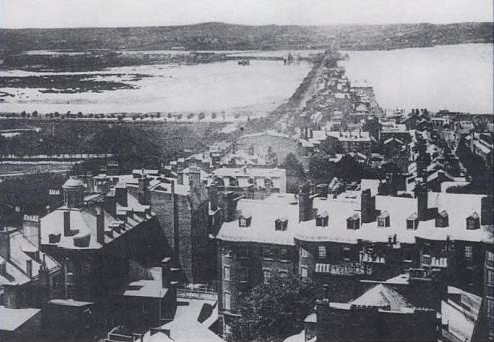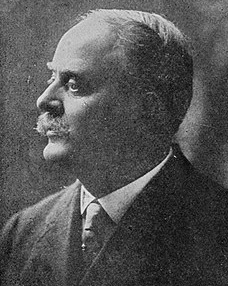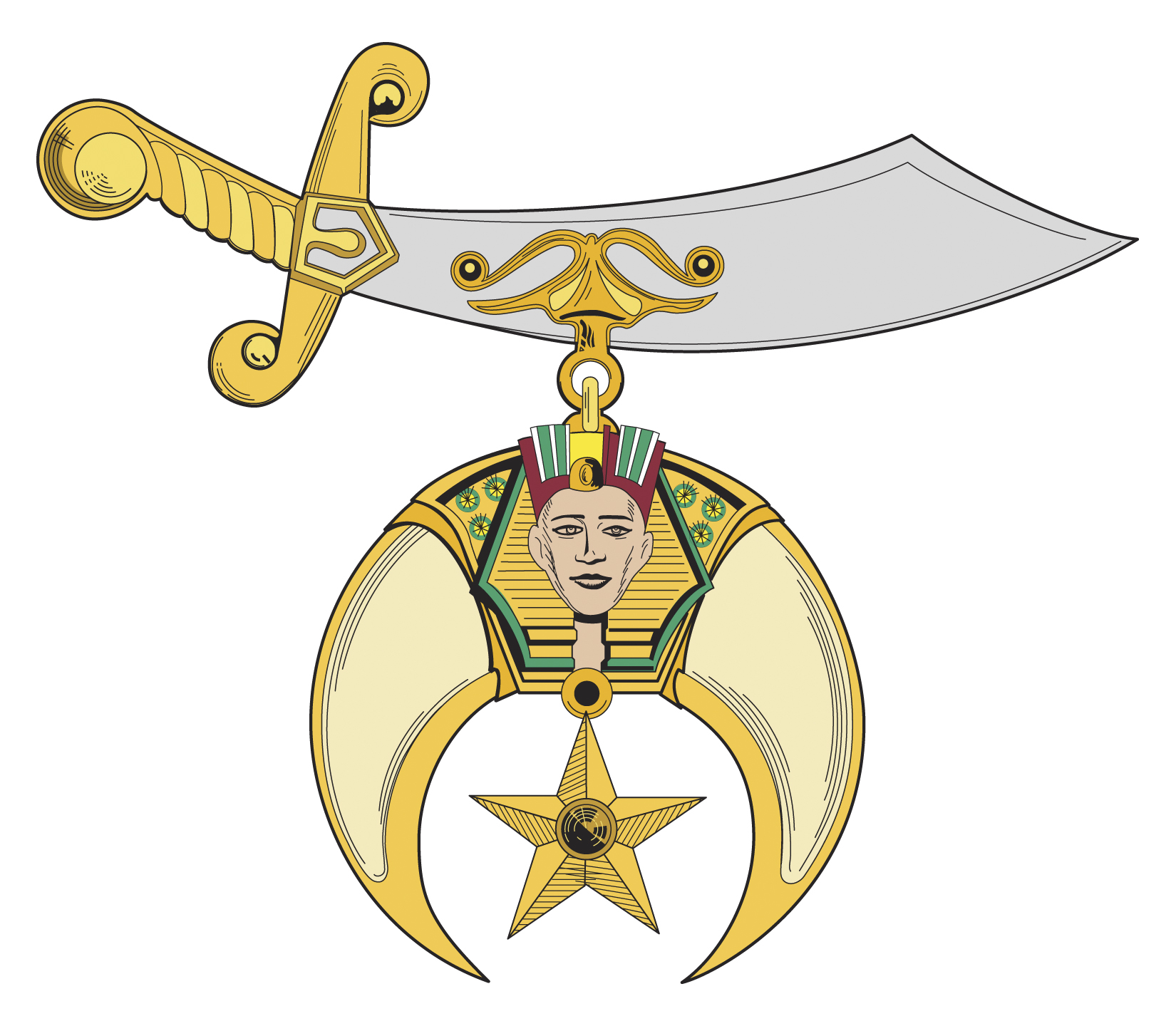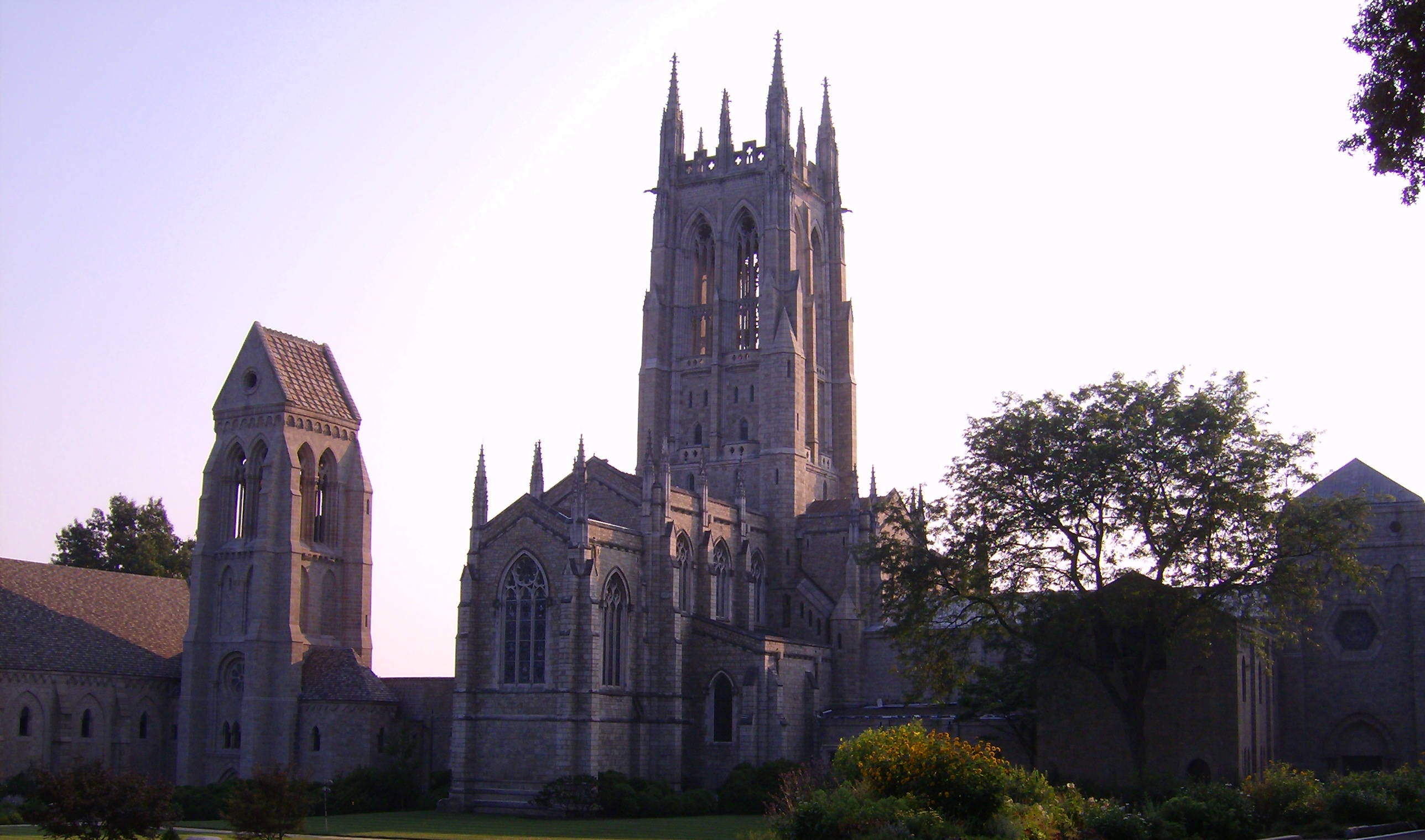|
Malcolm Nichols
Malcolm Edwin Nichols (May 8, 1876 – February 7, 1951) was a journalist and a U.S. political figure. Nichols served as the Mayor of Boston in the late 1920s. He came from a Boston Brahmin family and was the most recent Republican to serve in that post. Early years Nichols was the son of Edwin T. Nichols and Helen J. G. (Pingree) Nichols. He was married on December 16, 1915, to Edith M. Williams (died 1925). They had three children, sons Clark S. and Dexter, and daughter Marjorie. In 1926 he married Edith's twin sister Carrie Marjorie Williams. His son Clark acted as his best man and his son Dexter acted as the ring bearer. Career Journalism Nichols was the Massachusetts State House reporter for '' The Boston Traveler'', covering both houses of the legislature, and later a political reporter for ''The Boston Post''. Public service In addition to his newspaper work, Nichols was a lawyer and Port Collector of Internal Revenue. He was a member of the Massachusetts House of Repre ... [...More Info...] [...Related Items...] OR: [Wikipedia] [Google] [Baidu] |
James Michael Curley
James Michael Curley (November 20, 1874 – November 12, 1958) was an American Democratic politician from Boston, Massachusetts. He served four terms as mayor of Boston. He also served a single term as governor of Massachusetts, characterized by one biographer as "a disaster mitigated only by moments of farce" for its free spending and corruption. He also served two terms, separated by 30 years, in the United States Congress. He had also, in his early career, served on both the Boston Common Council and Boston Board of Aldermen, as well as in the Massachusetts House of Representatives. Michael was a frequent candidate for other state and national offices. He was twice convicted of criminal behavior and notably served time in prison during his last term as mayor. He is remembered as one of the most colorful figures in Massachusetts politics. Curley was immensely popular with his fellow working-class Roman Catholic Irish Americans. During the Great Depression, he enlarged Boston ... [...More Info...] [...Related Items...] OR: [Wikipedia] [Google] [Baidu] |
Back Bay, Boston
Back Bay is an officially recognized neighborhood of Boston, Massachusetts, built on reclaimed land in the Charles River basin. Construction began in 1859, as the demand for luxury housing exceeded the availability in the city at the time, and the area was fully built by around 1900. It is most famous for its rows of Victorian brownstone homes—considered one of the best preserved examples of 19th-century urban design in the United States—as well as numerous architecturally significant individual buildings, and cultural institutions such as the Boston Public Library, and Boston Architectural College. Initially conceived as a residential-only area, commercial buildings were permitted from around 1890, and Back Bay now features many office buildings, including the John Hancock Tower, Boston's tallest skyscraper. It is also considered a fashionable shopping destination (especially Newbury and Boylston Streets, and the adjacent Prudential Center and Copley Place malls) and home to ... [...More Info...] [...Related Items...] OR: [Wikipedia] [Google] [Baidu] |
1919 Massachusetts Legislature
The 140th Massachusetts General Court, consisting of the Massachusetts Senate and the Massachusetts House of Representatives, met in 1919. Senators Representatives See also * 1919 Massachusetts gubernatorial election * 66th United States Congress * List of Massachusetts General Courts The legislature of the U.S. state of Massachusetts is known as the General Court. It has a 40-member upper house (Massachusetts Senate) and a 160-member lower house (Massachusetts House of Representatives). Descended from the colonial legislatur ... References Further reading * External links * * {{Massachusetts government Political history of Massachusetts Massachusetts legislative sessions 1919 U.S. legislative sessions, massachusetts 1919 in Massachusetts ... [...More Info...] [...Related Items...] OR: [Wikipedia] [Google] [Baidu] |
1918 Massachusetts Legislature
The 139th Massachusetts General Court, consisting of the Massachusetts Senate and the Massachusetts House of Representatives, met in 1918 during the Governor of Massachusetts, governorship of Samuel W. McCall. Henry Gordon Wells served as President of the Massachusetts Senate, president of the Senate and Channing H. Cox served as List of Speakers of the Massachusetts House of Representatives, speaker of the House. Senators Representatives See also * 1918 Massachusetts gubernatorial election * 65th United States Congress * List of Massachusetts General Courts Images 1916 Massachusetts state senate district map.jpg, Map of districts of the Massachusetts state senate apportioned in 1916 References Further reading * * External links * * {{Massachusetts government Political history of Massachusetts Massachusetts legislative sessions 1918 U.S. legislative sessions, massachusetts 1918 in Massachusetts ... [...More Info...] [...Related Items...] OR: [Wikipedia] [Google] [Baidu] |
1917 Massachusetts Legislature
The 138th Massachusetts General Court, consisting of the Massachusetts Senate and the Massachusetts House of Representatives, met in 1917. Senators Representatives See also * 1917 Massachusetts gubernatorial election * 65th United States Congress * List of Massachusetts General Courts References Further reading * * External links * * {{Massachusetts government Political history of Massachusetts Massachusetts legislative sessions 1917 U.S. legislative sessions, massachusetts 1917 in Massachusetts ... [...More Info...] [...Related Items...] OR: [Wikipedia] [Google] [Baidu] |
Benevolent And Protective Order Of Elks
The Benevolent and Protective Order of Elks (BPOE; also often known as the Elks Lodge or simply The Elks) is an American fraternal order founded in 1868, originally as a social club in New York City. History The Elks began in 1868 as a social club for minstrel show performers, called the "Jolly Corks". It was established as a private club to elude New York City laws governing the opening hours of public taverns. The Elks borrowed rites and practices from Freemasonry. Membership Belief in a Supreme Being became a prerequisite for membership in 1892. The word "God" was substituted for Supreme Being in 1946. In 1919, a "Flag Day resolution" was passed, barring membership to even passive sympathizers "of the Bolsheviki, Anarchists, the I.W.W., or kindred organizations, or who does not give undivided allegiance to" the flag and constitution of the United States. The BPOE was originally an all-white organization. In the early 1970s, this policy led the Order into conflict wit ... [...More Info...] [...Related Items...] OR: [Wikipedia] [Google] [Baidu] |
Shriners
Shriners International, formally known as the Ancient Arabic Order of the Nobles of the Mystic Shrine (AAONMS), is an American Masonic society established in 1870 and is headquartered in Tampa, Florida. Shriners International describes itself as a fraternity based on fun, fellowship, and the Masonic principles of brotherly love, relief, and truth. There are approximately 350,000 members from 196 temples (chapters) in the US, Canada, Brazil, Bolivia, Mexico, Panama, the Philippines, Europe, and Australia. The organization is best known for the Shriners Hospitals for Children that it administers, and the red fezzes that members wear. The organization was previously known as "Shriners North America". The name was changed in 2010 across North America, Central America, South America, Europe, and Southeast Asia. History In 1870, there were several thousand Freemasons in Manhattan, many of whom lunched at the Knickerbocker Cottage at a special table on the second floor. There, the ... [...More Info...] [...Related Items...] OR: [Wikipedia] [Google] [Baidu] |
Freemasonry
Freemasonry or Masonry refers to fraternal organisations that trace their origins to the local guilds of stonemasons that, from the end of the 13th century, regulated the qualifications of stonemasons and their interaction with authorities and clients. Modern Freemasonry broadly consists of two main recognition groups: * Regular Freemasonry insists that a volume of scripture be open in a working lodge, that every member profess belief in a Supreme Being, that no women be admitted, and that the discussion of religion and politics be banned. * Continental Freemasonry consists of the jurisdictions that have removed some, or all, of these restrictions. The basic, local organisational unit of Freemasonry is the Lodge. These private Lodges are usually supervised at the regional level (usually coterminous with a state, province, or national border) by a Grand Lodge or Grand Orient. There is no international, worldwide Grand Lodge that supervises all of Freemasonry; each Grand Lod ... [...More Info...] [...Related Items...] OR: [Wikipedia] [Google] [Baidu] |
Swedenborgianism
The New Church (or Swedenborgianism) is any of several historically related Christian denominations that developed as a new religious group, influenced by the writings of scientist and mystic Emanuel Swedenborg (1688–1772). Swedenborgian organisations acknowledge what they believe to be the universal nature of God's church: all who do good in accordance with the truth of their religion will be accepted into heaven (since God is goodness itself), and doing good joins one with God.TCR, n. 536. Swedenborg published some of his theological works anonymously; his writings promoted one universal church based on love and charity, rather than multiple churches named after their founders and based on belief or doctrine.Swedenborg, Emanuel. ''Heavenly Arcana'' (or ''Arcana Coelestia''), 1749–58 (AC). 20 vols. Rotch Edition. New York: Houghton, Mifflin and Company, 1907, in ''The Divine Revelation of the New Jerusalem'' (2012), n. 1799(4). History Although Swedenborg spoke in his ... [...More Info...] [...Related Items...] OR: [Wikipedia] [Google] [Baidu] |
Boston Mayoral Election, 1941
The Boston mayoral election of 1941 occurred on Tuesday, November 4, 1941. Incumbent Mayor Maurice J. Tobin defeated former Mayor James Michael Curley and two others. This was the first election held following a 1939 referendum that repealed a 1918 law, which had prevented an incumbent Mayor of Boston from serving consecutive terms. Inaugural exercises were held Monday, January 5, 1942. Candidates *James Michael Curley, Governor of Massachusetts from 1935 to 1937, Mayor of Boston from 1914 to 1918, 1922 to 1926, 1930 to 1934. Member of the United States House of Representatives from 1913 to 1914. * Joseph Lee, member of the Boston School Committee since 1937. *Malcolm Nichols, Mayor of Boston from 1926 to 1930. * Maurice J. Tobin, Mayor of Boston since 1938. Member of the Boston School Committee from 1931 to 1937. Results See also *List of mayors of Boston, Massachusetts References Further reading * Boston mayoral Boston Boston (), officially the City of ... [...More Info...] [...Related Items...] OR: [Wikipedia] [Google] [Baidu] |
Boston Mayoral Election, 1937
The Boston mayoral election of 1937 occurred on Tuesday, November 2, 1937. Boston School Committee member Maurice J. Tobin defeated five other candidates, including former mayors James Michael Curley and Malcolm Nichols. In 1918, the Massachusetts state legislature had passed legislation making the Mayor of Boston ineligible to serve consecutive terms. Thus, incumbent Frederick Mansfield was unable to run for re-election. The law would be changed in 1939, making this the last election where the incumbent mayor could not run for re-election. Tobin was inaugurated on Monday, January 3, 1938. Candidates *Carleton L. Brett, former Boston police officer *James Michael Curley, Governor of Massachusetts from 1935 to 1937, Mayor of Boston from 1914 to 1918, 1922 to 1926, 1930 to 1934, and member of the United States House of Representatives from 1913 to 1914 * William J. Foley, District Attorney of Suffolk County since 1927 *Malcolm Nichols, Mayor of Boston from 1926 to 1930 *Alfred ... [...More Info...] [...Related Items...] OR: [Wikipedia] [Google] [Baidu] |
Boston Mayoral Election, 1933
The Boston mayoral election of 1933 occurred on Tuesday, November 7, 1933. Former state treasurer Frederick Mansfield defeated five other candidates to be elected Mayor of Boston. In 1918, the Massachusetts state legislature had passed legislation making the Mayor of Boston ineligible to serve consecutive terms. Thus, incumbent James Michael Curley was unable to run for re-election. Mansfield was inaugurated on Monday, January 1, 1934. Candidates * William J. Foley, District Attorney of Suffolk County since 1927 *Frederick Mansfield, Treasurer and Receiver-General of Massachusetts from 1914 to 1915 *Malcolm Nichols, Mayor of Boston from 1926 to 1930 *Joseph F. O'Connell, member of the United States House of Representatives from 1907 to 1911 * Henry Parkman Jr., member of the Massachusetts Senate since 1929, member of the Boston City Council from 1925 to 1929 *Michael H. Sullivan, municipal court judge and former chairman of the Boston Finance Commission Results See also *Li ... [...More Info...] [...Related Items...] OR: [Wikipedia] [Google] [Baidu] |
.jpg)





